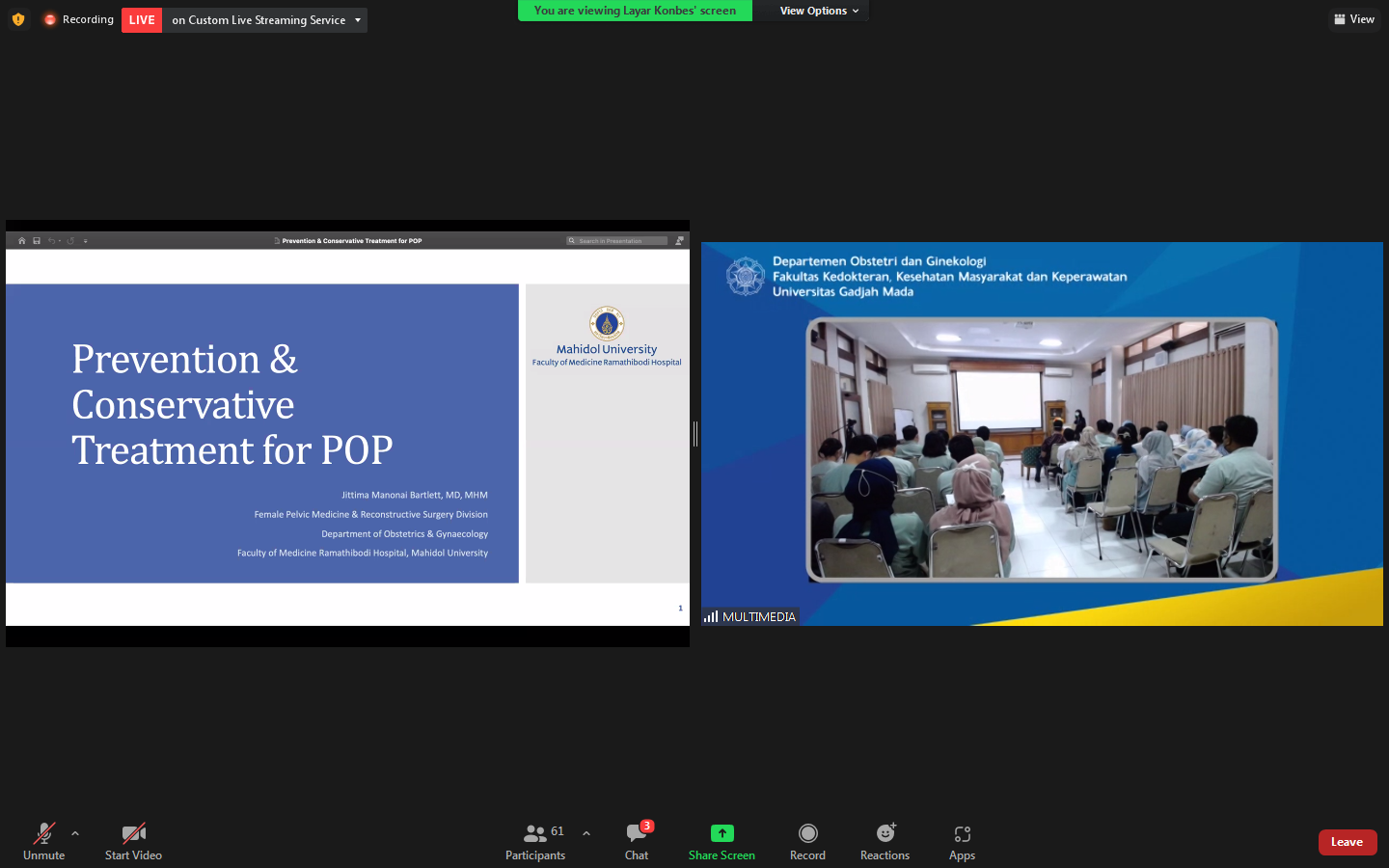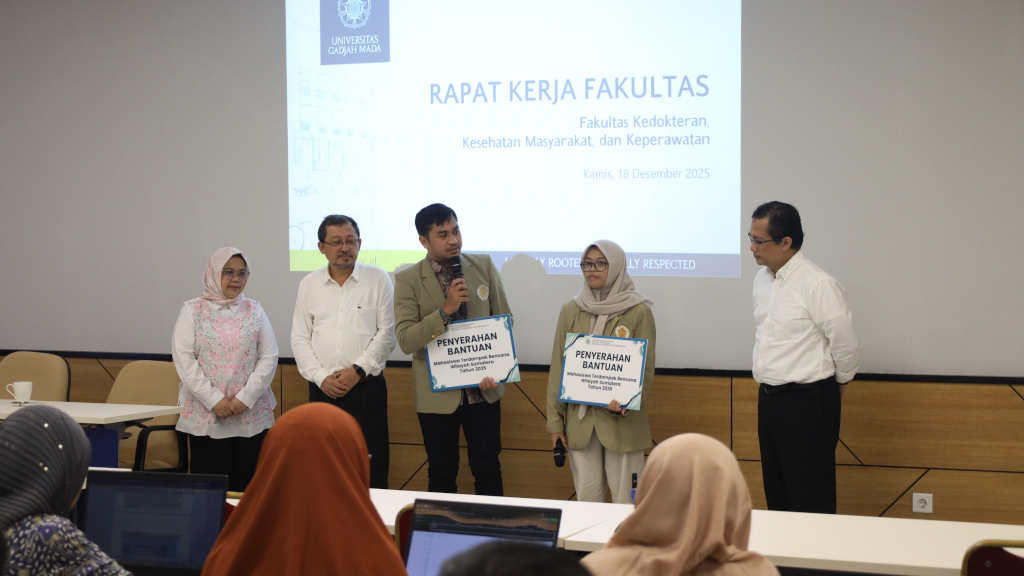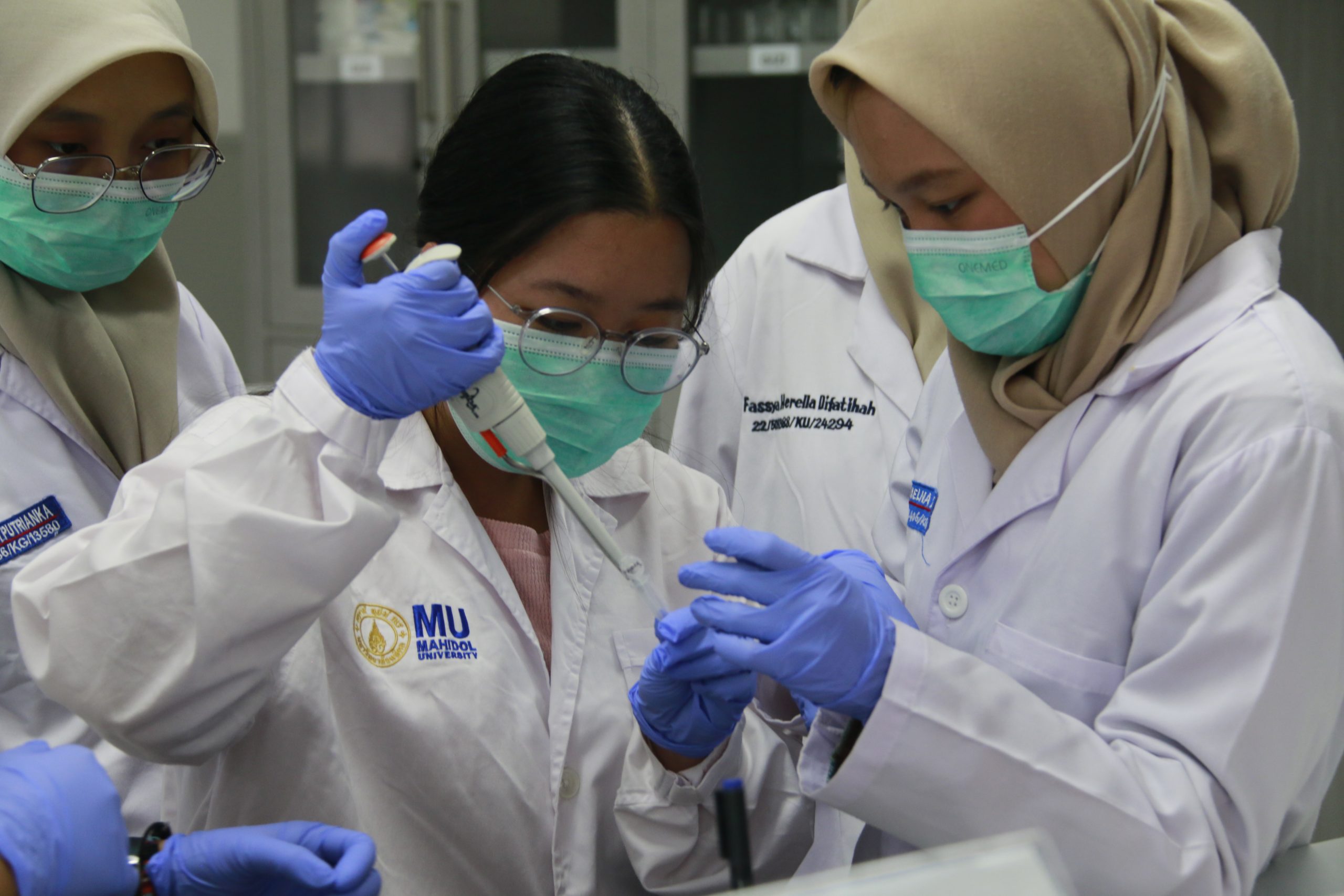Faculty of Medicine, Public Health, and Nursing discussing Pelvic Organ Prolapse handling on Friday (23/9). POP is the descent of one or more of the anterior vaginal wall, posterior vaginal wall, the uterus (cervix), or the apex of the vagina (vaginal vault or cuff scar after hysterectomy).
This discussion is delivered by guest lecturer, Prof. Jittima Manonai Bartlett, OBGYN, M.D, M.H.M from Chiang Mai University Thailand in Jogja Pelvic Floor Meet the Expert IV event that was held by FK-KMK UGM.
Prof. Jittima explained that there are 6 stages in POP case. These stages are started with no prolapse until the last stages, representing complete procidentia or vault eversion.
POP that is not handled well will cause pelvic floor dysfunction. “There is a training to prevent pelvic floor dysfunction that is caused by POP,” she said.
She said that patients can do some treatments, such as interventions of lifestyle changes, pelvic floor muscle training, vaginal pessaries, and surgery.
Prof. Jittima also added that there are some POP preventive strategies, such as identifying women who are more at risk of developing PFD later in life, both (non pregnancy related and obstetric related) risk factors, and starting a preventions strategy during pregnancy or directly postpartum in a high risk group is recommended.







